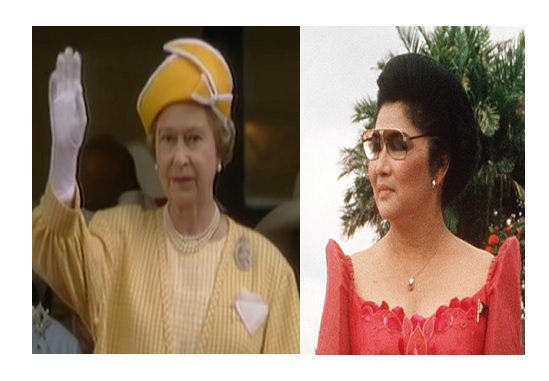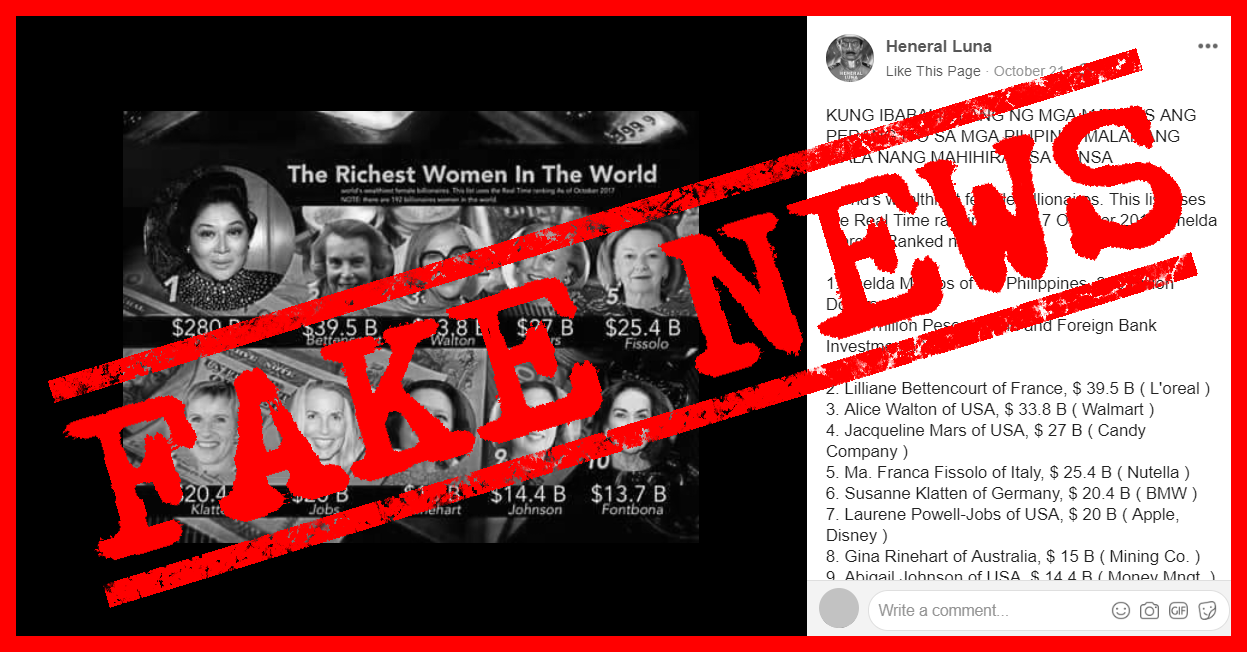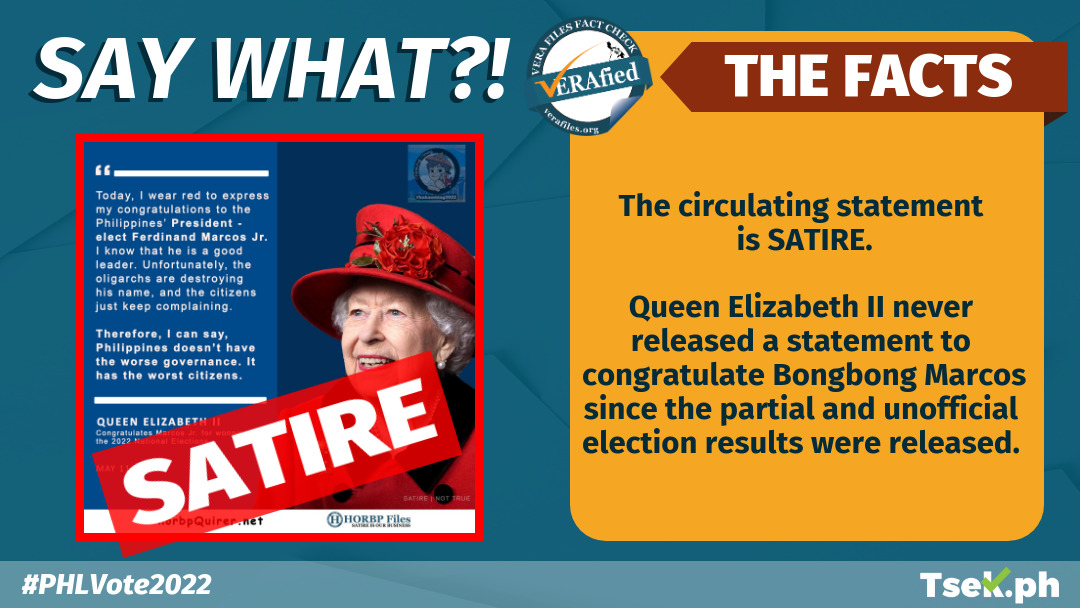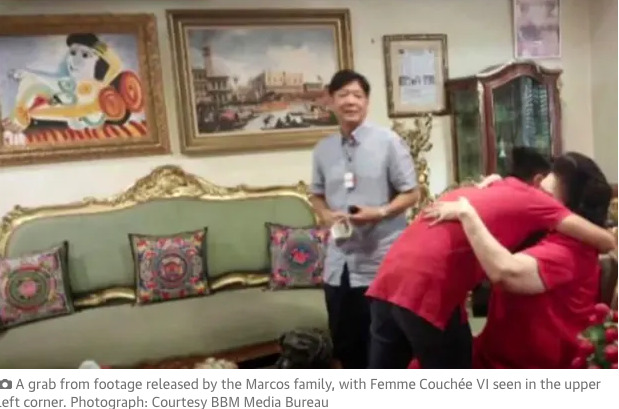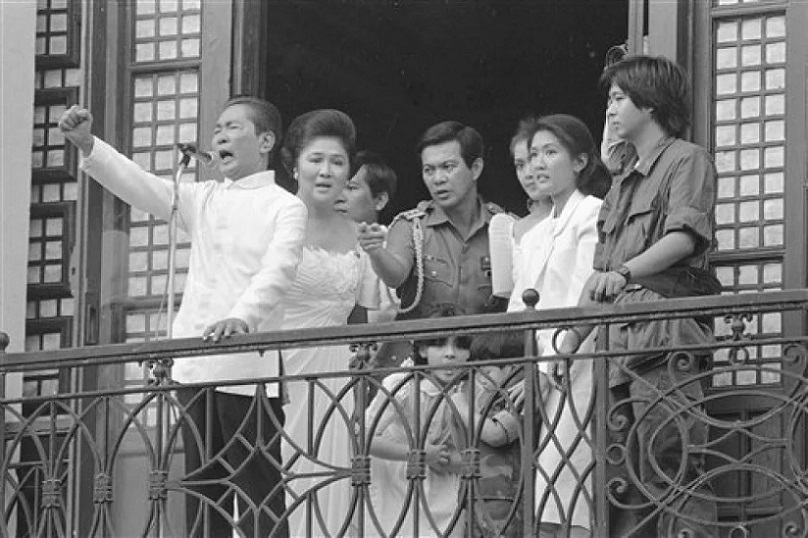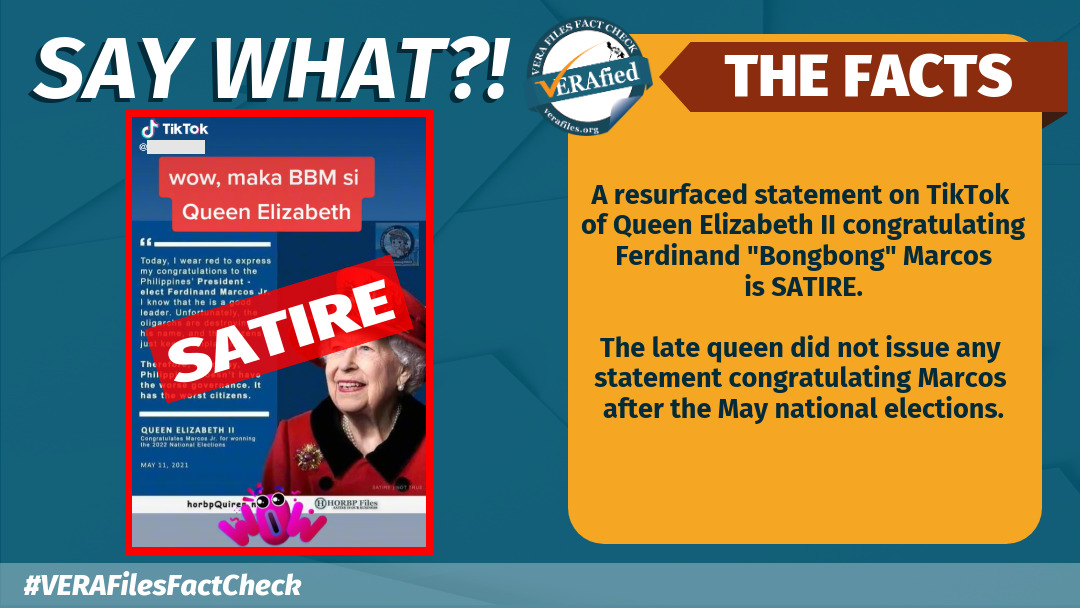Ferdinand and Imelda Marcos were lucky that their conjugal dictatorship existed at a time when media repression was fully possible. Since there was no internet yet, there was no way Filipinos could read foreign accounts of their plunder and squander of the country’s resources like we do today.
When Cosmopolitan magazine named Imelda as one of the ten richest women in the world in 1975, that particular issue never reached the Philippines. The powerful couple made sure of that by buying tons of copies.
But in this digital age, it is possible to archive items published before the internet was born. Because of digital scanning technology, the public can now access loads of uploaded material on the Marcoses as reported by the foreign press decades ago.
With news of the recent demise of Queen Elizabeth II flooding all social media apps, stories of Imelda’s love for royalty have resurfaced. If she were still first lady today, she would have booked a chartered Philippine Airlines flight to London pronto and she could gain entry to the funeral mass on September 19 at Westminster Abbey where government leaders and crowned heads of Europe, Africa and Asia are expected to be present.
Imelda loved state funerals and coronations because these events gave her a chance to rub elbows with the world’s royalty and be covered by international media. In the realm of her fictional public relations image, the pomp and glamour of royalty was a cherished topic. Declassified US diplomatic cables dated January 31, 1976, for example, related that sometime in 1975, Imelda “loitered around New York City with little to do” as she waited for Generalissimo Francisco Franco of Spain to die so she could attend his funeral.
She was regarded as a “pest more than a guest” related a cable that then United States Secretary of State Henry Kissinger sent to Manila. While Imelda was waiting for Franco’s funeral, she also spent time in Washington DC where she wanted a tea appointment with then First Lady Betty Ford.
“There was bickering over schedules,” the cable said. It added that when Imelda showed up at the White House, “she was held at the gate because the guards were not notified about her arrival.” Imelda was furious. She was described as even more infuriated at the exchange of gifts as she took no fancy to what Ford gave her. Imelda left the White House without the U.S. first lady’s gift.
Secret diplomatic documents of the British government, released to the media in 2001, narrated how in 1970 Imelda wanted an audience with Queen Elizabeth II at the Balmoral Castle in Scotland. The cable was rather mocking with then British ambassador to the Philippines John Curle calling her a “spoilt beauty queen.”
“After the restraints of Manila she tends to behave impulsively and thoughtlessly when abroad, showing neither consideration, nor social discipline nor even an elementary awareness of public relations,” the cable said.
Curle was also quoted as reporting to the British Foreign Office: “Though intelligent, she has not got a disciplined mind and the ends do not tie up.”
What did Imelda demand? Balmoral Castle is the queen’s private vacation estate. The property is not owned by the state but by the Windsor family bequeathed by Queen Victoria. The queen, on summer vacation, normally does not receive foreign guests at Balmoral.
But Imelda wanted it.
And then she had another request: she wanted to bring her son Bongbong to the audience. The usual protocol is for one person only to have an audience with the queen, the cable explained. Imelda was in London to place her son, then 12 years old, at the Worth Abbey prep school south of London.
But the British found the last request to be the most unreasonable: that it be publicly announced that the queen had sought an audience with her.
Curle had no choice but to intervene. Balmoral considered that as “strong representations.” Her Majesty agreed to the eccentric request. The audience took place in the morning of September 11, 1970.
Rumors in Manila had it that Imelda had dreamed of her eldest daughter Imee marrying the then heir to the British throne, Prince Charles. There may actually be some truth to these.
A photo has now surfaced, again based on declassified British cables and written about by scholar Tom Sykes (author, Imagining Manila: Literature, Empire and Orientalism), of Prince Charles visiting the Isles of Scilly in 1982 and riding a speedboat gifted to him by Imelda Marcos. The photo shows that the speedboat was named “Imelda.”
The activities of the Marcos family in the United Kingdom, where Bongbong attended but never got a bachelor’s degree from Oxford University, remains a gaping lacuna in the search for their ill-gotten wealth. The UK Foreign Office says the Marcoses appeared to own a property in Berkeley Square/Duchess of Bedford Street in plush central London which, according to a declassified cable was “bought by Marcos’s son in the mid-Seventies.”
Was the royal family aware of the transgressions of power by the Marcoses? After Ninoy Aquino was assassinated in the hands of military escorts in 1983, Prince Philip cancelled a proposed visit to the Philippines to attend an International Equestrian Federation meeting.
Sykes thinks this was too little, too late: at the height of the Marcos dictatorship, the British military-industrial complex actually had dealings with the regime. In a way, the British half-closed their eyes to what they knew and were seeing about the Marcos family.
The views in this column are those of the author and do not necessarily reflect the views of VERA Files.
